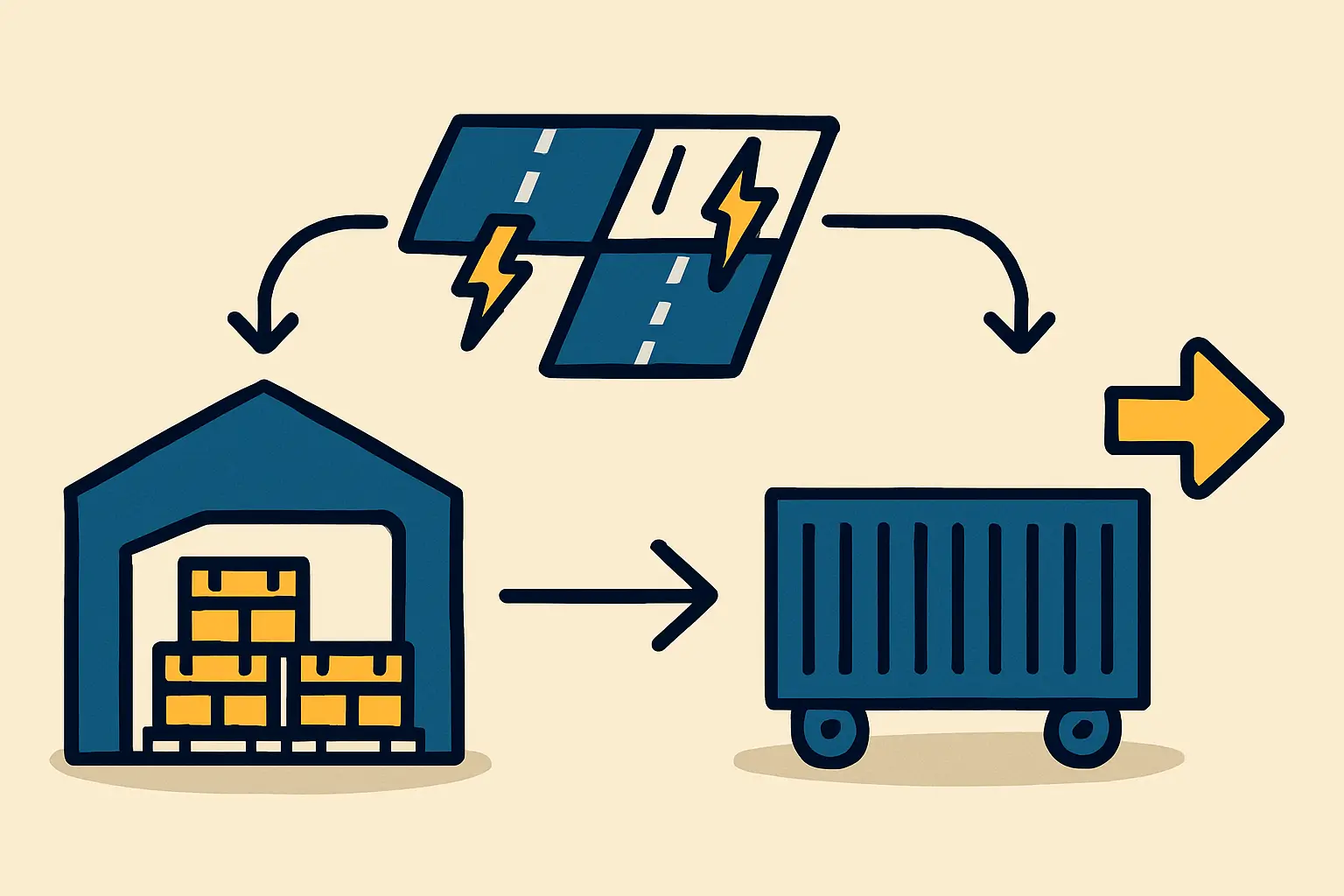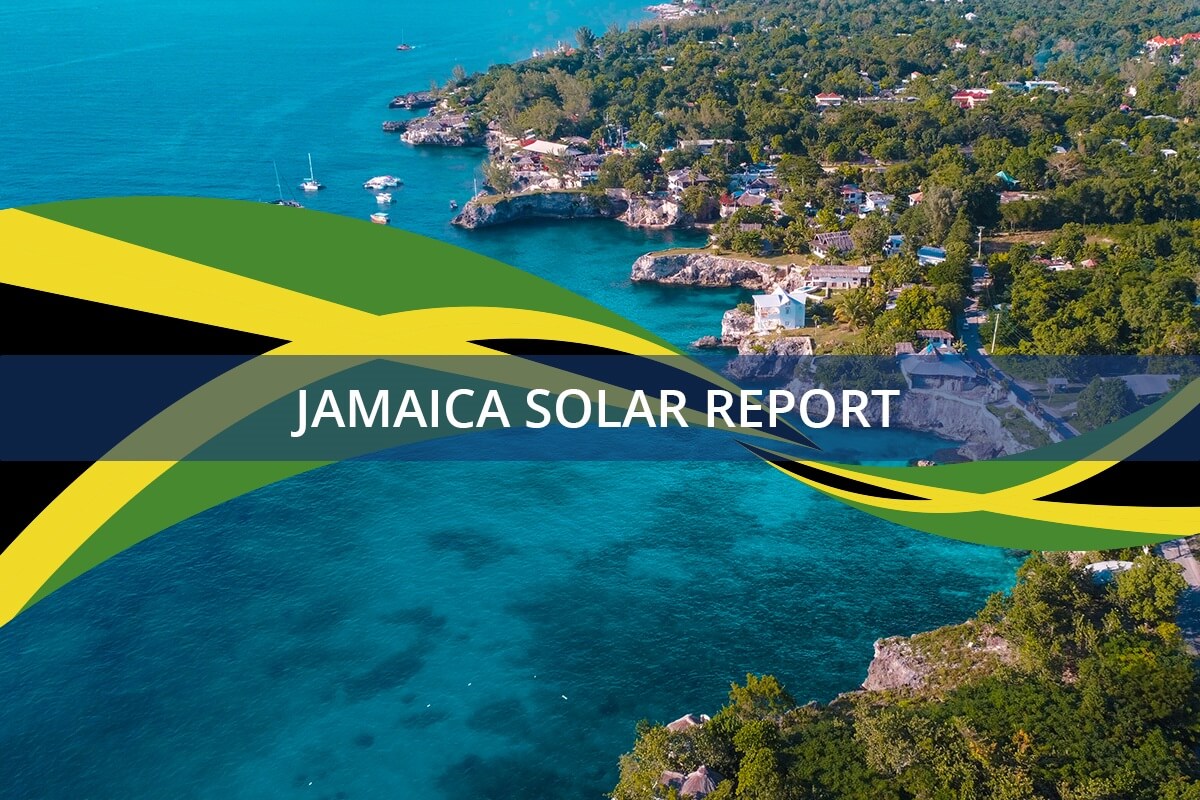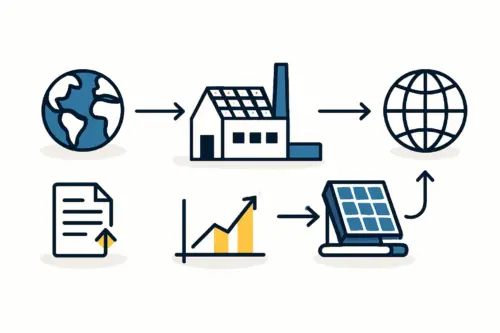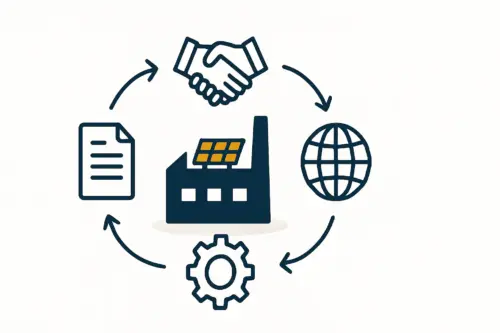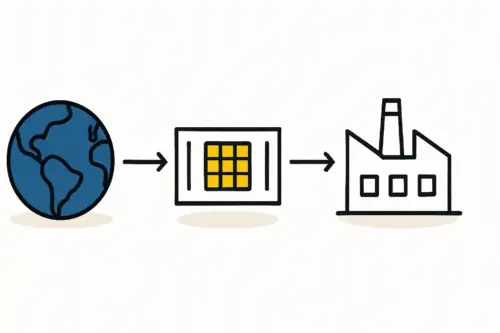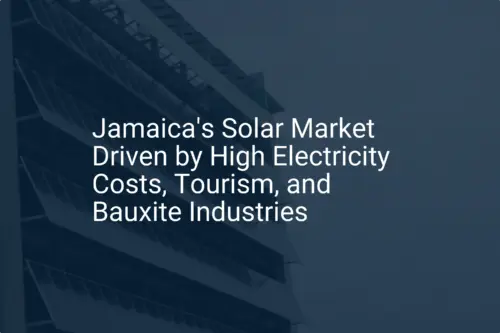For an entrepreneur, Jamaica holds immense potential. With electricity costs among the highest in the region—averaging US$0.30–$0.40 per kWh—and abundant sunshine, the case for local solar module manufacturing is compelling. The government’s goal of achieving 50% renewable energy by 2030 reinforces the strong market demand.
The success of such a venture, however, hinges not just on market opportunity but on a foundational decision: the factory’s location. Choosing the right site is a complex process that extends far beyond the price of land.
In Jamaica, an investor must carefully evaluate the interplay of power grid stability, logistics infrastructure, and land suitability. An oversight in any of these areas can lead to significant operational delays and unforeseen costs. This guide provides a practical due-diligence framework for investors evaluating Jamaica as a location for a solar module manufacturing facility, outlining the critical criteria to ensure a resilient and profitable operation.
Foundational Due Diligence: A Checklist for Site Selection
Before committing to a location, a thorough analysis of Jamaica’s operational landscape is essential. The island’s geography, infrastructure, and economy present distinct advantages and challenges that must be addressed early in the planning phase. The three pillars of this analysis are power reliability, logistical efficiency, and infrastructure quality. A systematic evaluation of these factors is the foundation for a sound investment decision.
Criterion 1: Ensuring Power Grid Stability and Energy Resilience
For a solar module factory, a stable supply of electricity is a core operational requirement. Sensitive manufacturing equipment, such as laminators and cell stringers, requires uninterrupted power to function correctly and avoid costly material waste.
The Challenge of Grid Intermittency
Jamaica’s power grid, managed by the Jamaica Public Service Company (JPS), experiences periodic outages, particularly in areas outside major commercial hubs like Kingston. These interruptions, even if brief, can halt production lines, damage sensitive electronics, and lead to significant financial losses. Assuming the grid will be 100% reliable is a critical planning mistake for any investor.
Recommended Mitigation Strategies
To mitigate this risk, investors should prioritize locations with a track record of more stable power, often found within designated industrial parks or Special Economic Zones (SEZs).
A robust backup power strategy must also be incorporated into the factory’s design and budget. This typically includes:
- Diesel Generators: A reliable solution for maintaining production during extended outages.
- Battery Energy Storage Systems (BESS): To provide instantaneous power, bridge the gap until generators activate, and protect equipment from power fluctuations.
Based on experience from J.v.G. turnkey projects, underestimating the capital and operational costs of backup power is a common oversight. A detailed energy audit of any proposed site is a crucial first step.
Ready to make big Profits?
The solar Industry is Booming
WE HELP NEWCOMERS to the solar industry start their own solar module production line. Customers can make BIG PROFITS by selling modules and finding investors, without wasting money and time on things they don't need!
Criterion 2: Logistics and Supply Chain Access
A solar module factory depends on a continuous flow of goods, from efficiently imported raw materials to finished products shipped to customers. The efficiency of this supply chain is directly tied to the factory’s proximity to key logistical hubs and the quality of the transportation network.
Proximity to Key Ports
Virtually all raw materials for solar module manufacturing—including solar glass, photovoltaic cells, aluminum frames, and encapsulants—will be imported. The Port of Kingston is one of the largest and most active transshipment hubs in the Caribbean, making it a strategic asset for any import-dependent business.
Locating a factory near the port offers several benefits:
- Reduced inland transportation costs
- Faster customs clearance and turnaround times
- Lower risk of damage to materials during transit
- A competitive advantage for exporting finished modules to CARICOM nations and other international markets
Evaluating Inland Transportation Infrastructure
While Jamaica’s main arterial roads, such as Highway 2000, are well-maintained, the quality of secondary and rural roads can be inconsistent. This presents a significant risk when transporting large, fragile items like solar glass. A single container of damaged glass can halt production, resulting in tens of thousands of dollars in losses.
Therefore, physically inspecting the entire route from the port to the potential factory site is an essential part of due diligence. Investors should assess road conditions, turning radiuses for large trucks, and potential bottlenecks that could disrupt the supply chain.
Criterion 3: Land Availability and Industrial Infrastructure
The final step is securing a suitable parcel of land with the infrastructure needed to support an industrial operation. This involves navigating zoning laws, assessing utility connections, and understanding the local real estate market.
The Advantages of Special Economic Zones (SEZs)
For foreign investors, establishing a factory within a Special Economic Zone, such as the Kingston Free Zone, offers substantial advantages. These zones are specifically designed to attract investment and typically provide:
- Tax incentives and streamlined customs procedures
- Pre-zoned industrial land, simplifying the permitting process
- Superior infrastructure, including more reliable power, high-speed internet, and water access
- A secure operating environment
Key Considerations for Land Acquisition
Whether inside or outside an SEZ, acquiring land requires careful legal and technical review. Competition from the tourism and Business Process Outsourcing (BPO) industries can make prime industrial land scarce and expensive.
Key due diligence steps include:
- Verifying Land Titles: A past client in a similar market faced a six-month delay due to unclear land titles—a setback that could have been avoided with early local legal counsel.
- Confirming Zoning and Permits: Ensure the land is zoned for industrial use and that all necessary building permits can be obtained.
- Assessing Site Readiness: Evaluate the land’s suitability for construction, including soil quality and grading requirements. The plot’s physical dimensions and layout are also critical, as they directly impact factory design and production efficiency.
Financial and Operational Planning
Site selection has a direct and lasting impact on the project’s financial model. Proximity to a port affects ongoing operational expenses (OPEX), while the need for extensive backup power increases initial capital expenditure (CAPEX). A comprehensive business plan must account for these site-specific variables.
A full financial picture should also consider the typical investment costs for a solar module factory. The business case for manufacturing in a high-cost energy market like Jamaica is strong, but profitability depends on methodical planning that mitigates local operational risks. The high cost of grid electricity also reinforces the value proposition of locally produced modules, a factor best quantified by calculating the Levelized Cost of Energy (LCOE) for a solar project.
Frequently Asked Questions
-
How much land is required for a small-scale solar module factory?
For a semi-automated production line with an annual capacity of 20–50 MW, a facility of approximately 3,000 to 5,000 square meters is typically required. This includes space for raw material storage, the production line, finished goods warehousing, and administrative offices. -
Is a skilled workforce for solar manufacturing available in Jamaica?
Jamaica has a workforce with solid technical and mechanical skills. However, specific training on solar module manufacturing equipment and processes will be necessary. Establishing partnerships with local technical institutions, such as the University of Technology, Jamaica, can be an effective strategy for developing a skilled labor pool. -
What are the main logistical challenges for importing raw materials?
Beyond the quality of inland transport, potential challenges include customs clearance delays and port congestion. Working with an experienced local logistics partner is critical to navigating these hurdles efficiently. -
Can a factory in a Jamaican SEZ sell modules to the local market?
The regulations governing sales from an SEZ to the domestic market can be complex and may vary. This requires specific clarification with the Jamaica Special Economic Zone Authority (JSEZA), as some zones are primarily oriented toward export.
Conclusion and Next Steps
Selecting a factory site in Jamaica is a strategic decision that demands a detailed assessment of the country’s operational environment. By systematically evaluating power stability, logistical infrastructure, and land suitability, investors can lay a robust foundation for a successful and resilient manufacturing operation.
The opportunity in Jamaica is significant, but it rewards those who undertake careful planning and thorough due diligence. Once a suitable site is identified, the next phase involves detailed planning and implementation. To move forward, explore our step-by-step guide to setting up a turnkey solar module production line for a comprehensive overview of the process, from equipment selection to final commissioning.

